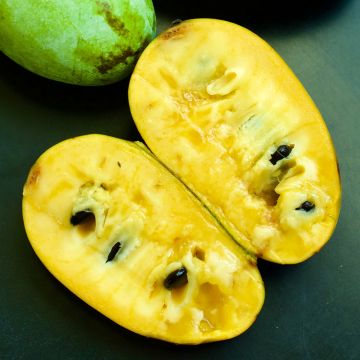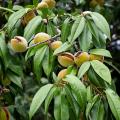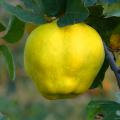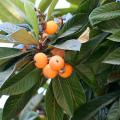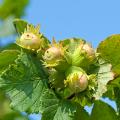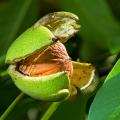Asimina trees
Would this plant suit my garden? Set up your Plantfit profile →
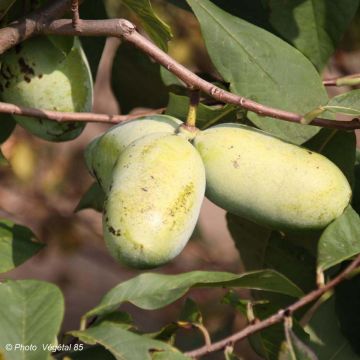
Available in 2 sizes
Available in 1 sizes
Available in 1 sizes
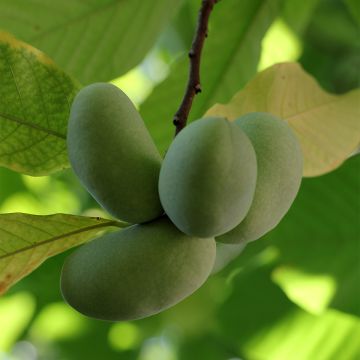
Available in 1 sizes
Available in 1 sizes
Available in 1 sizes
Available in 2 sizes
Available in 1 sizes

Available in 3 sizes
Available in 1 sizes
Available in 1 sizes
Available in 1 sizes
The Pawpaw tree, in Latin Asimina triloba, is a fairly rare fruit bush which could easily be described as exotic, appreciated for its large tasty fruits that resemble mangos. From the Annonaceae family, it originates from North America, where it is called the 'pawpaw tree': it is a perfectly hardy deciduous tree. However, it is rare in cultivation, almost unknown in Europe, probably because its fruits, which do not tolerate transportation well, are not commercialised here. Probably also because the Pawpaw tree, unlike our fruit trees, does not tolerate pot cultivation well, and even less so being planted with bare roots. This small tree with tropical looks is perfectly adapted to temperate climates, it appreciates fairly warm summers and cold winters. Fruit production begins when the plant reaches 2 to 2.50 meters (7 to 8 feet), at the age of 4 to 6 years. The species, as well as some improved varieties like the Asimina 'Prima 1216', are now available in Europe: it would be a shame not to try them in our gardens!
Gourmet and curious gardeners, discover our selection of pawpaw trees, along with all of our original and exotic fruit trees!
Haven't found what you were looking for?












































